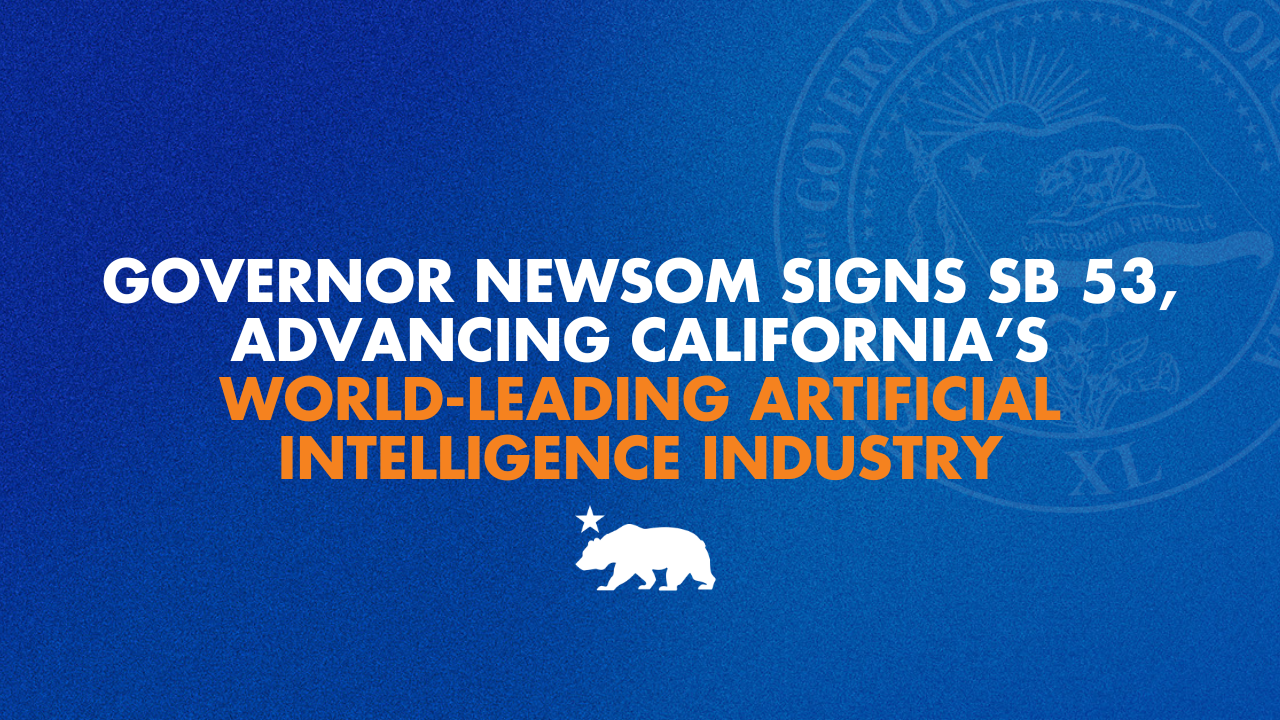AI Threat Unites U.S. Politics: 3 Key Legislative Moves (2025)
Discover how bipartisan efforts are shaping AI safety legislation in the U.S., focusing on risk evaluation, legal accountability, and protecting children.

Bipartisan Consensus Emerges on AI Threat Amid Political Divide in the U.S.
Despite deep and persistent divisions between Republicans and Democrats on many policy issues, both parties have found common ground in addressing the growing threat posed by advanced artificial intelligence (AI). This rare bipartisan consensus is driving legislative efforts to regulate AI development, enhance public safety, and protect vulnerable populations, particularly children, from AI-related harms.
Bipartisan Legislative Initiatives to Regulate AI Safety
In 2025, several key pieces of bipartisan legislation have been introduced and advanced, signaling a shared recognition that AI poses significant risks that transcend traditional political divides.
Artificial Intelligence Risk Evaluation Act of 2025
Senators Josh Hawley (R-Mo.) and Richard Blumenthal (D-Conn.) spearheaded a landmark bill establishing a federal AI risk evaluation framework. This legislation mandates the Department of Energy to oversee a rigorous safety evaluation program for advanced AI systems before they can enter interstate or foreign commerce. The program requires developers to submit detailed information about their AI models, including training data and model architecture, for comprehensive testing involving red-teaming exercises and third-party evaluations. The goal is to mitigate risks to national security, public safety, and civil liberties as AI technologies become increasingly integrated into society.
AI LEAD Act: Establishing Legal Accountability for AI Harms
Another bipartisan effort, championed by Senators Dick Durbin (D-Ill.) and Josh Hawley (R-Mo.), is the AI LEAD Act, which classifies AI systems as products subject to federal product liability laws. This legislation would facilitate lawsuits against AI developers when their systems cause harm, addressing growing concerns over AI's impact on mental health and safety. The bill was motivated in part by tragic cases involving teens who took their own lives after interacting with AI chatbots, prompting calls for greater corporate accountability and safety standards.
California’s Transparency in Frontier Artificial Intelligence Act (TFAIA)
At the state level, California Governor Gavin Newsom (D) signed SB 53 into law on September 29, 2025, marking a pioneering effort to regulate "frontier models" — large foundation AI models trained with massive computing power. The law imposes transparency and safety requirements on AI developers, especially those with substantial annual revenues. It mandates annual legislative updates to keep pace with rapid technological advances and sets a precedent for other states and potentially federal policy in the absence of comprehensive national AI regulations.
Areas of Agreement: Protecting Children and Public Safety
A key unifying concern for both parties is the protection of children and vulnerable users from the risks of AI. Lawmakers have acknowledged the potential for AI to cause harm through misinformation, manipulation, or unsafe interactions. Senator Durbin highlighted the bipartisan effort to end Big Tech’s self-policing in AI safety, emphasizing that companies have prioritized profits over user protection.
Both Republicans and Democrats also support enhanced transparency and accountability from AI developers. This includes mandatory reporting on AI system impacts, independent safety audits, and clear mechanisms for public and legislative oversight.
Remaining Challenges and Political Context
While bipartisan agreement on AI safety is notable, it exists amid broader partisan gridlock on many other issues. The AI-focused cooperation is largely driven by the urgent need to address a common threat perceived as transcending political ideology. However, disagreements remain on the scope and specifics of regulation. Some Republicans have advocated for federal preemption to avoid a patchwork of state AI rules, while Democrats tend to support state-level innovation and stricter protections.
There is also ongoing debate about balancing AI innovation with safety. Industry advocates caution that overly restrictive regulations could stifle technological progress, while lawmakers emphasize that unchecked AI development could jeopardize national security and civil liberties.
Visual Illustrations of the Bipartisan AI Threat Concern
- Photos of Senators Josh Hawley and Richard Blumenthal: Central figures in bipartisan AI legislation efforts.
- California Governor Gavin Newsom signing SB 53: Symbol of state-level AI regulatory leadership.
- Diagrams of AI risk evaluation frameworks: Visualizing the AI testing and oversight process.
- Images of AI chatbots and young users: Highlighting the context of AI safety concerns for children.
Implications and Future Outlook
The bipartisan focus on AI risk evaluation and safety legislation marks a critical step toward coherent U.S. AI policy. As AI systems become more capable and pervasive, the political consensus on their risks may pave the way for comprehensive federal regulation, balancing innovation with public protection.
This cooperation could also influence international AI governance, with U.S. policies serving as a model amid global competition to set AI safety standards. However, ongoing vigilance will be necessary to ensure that bipartisan agreement translates into effective laws that address emerging AI challenges without unduly hindering technological advancement.
In summary, Republicans and Democrats, despite profound disagreements on most policy fronts, have united to confront the AI threat through bipartisan legislation focused on risk assessment, legal accountability, and user protection, especially for children. This rare alignment reflects the urgent need for robust AI governance in an increasingly AI-driven world.


